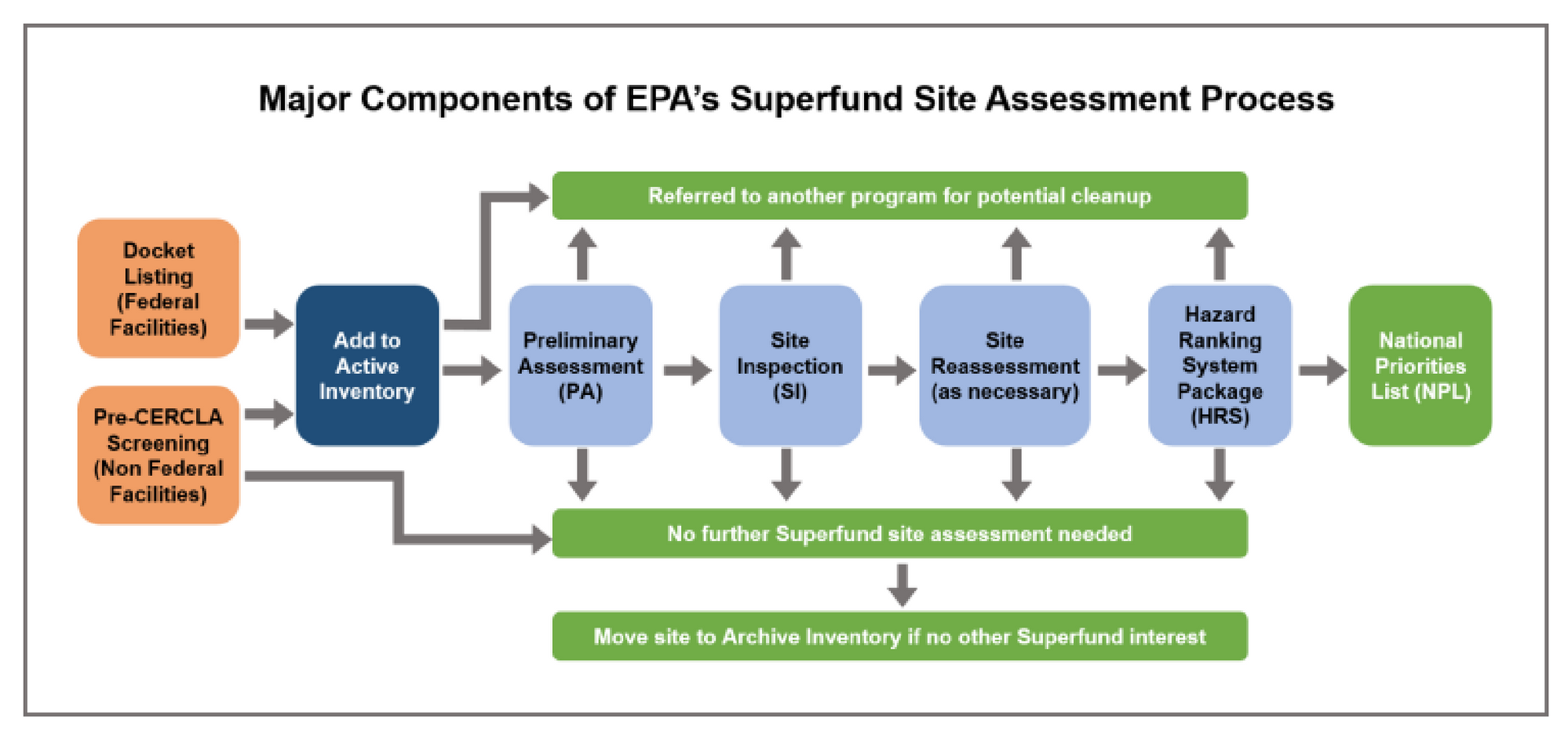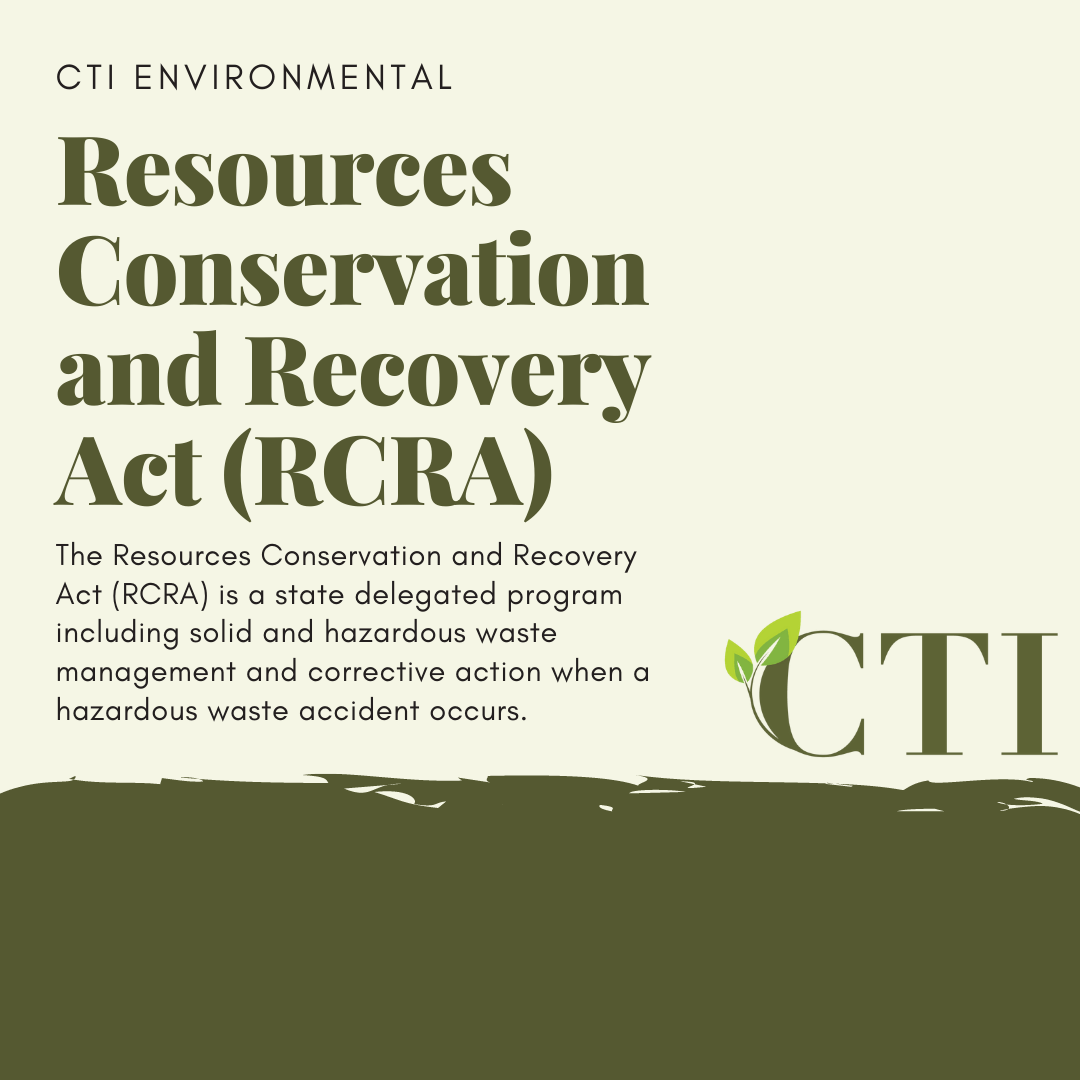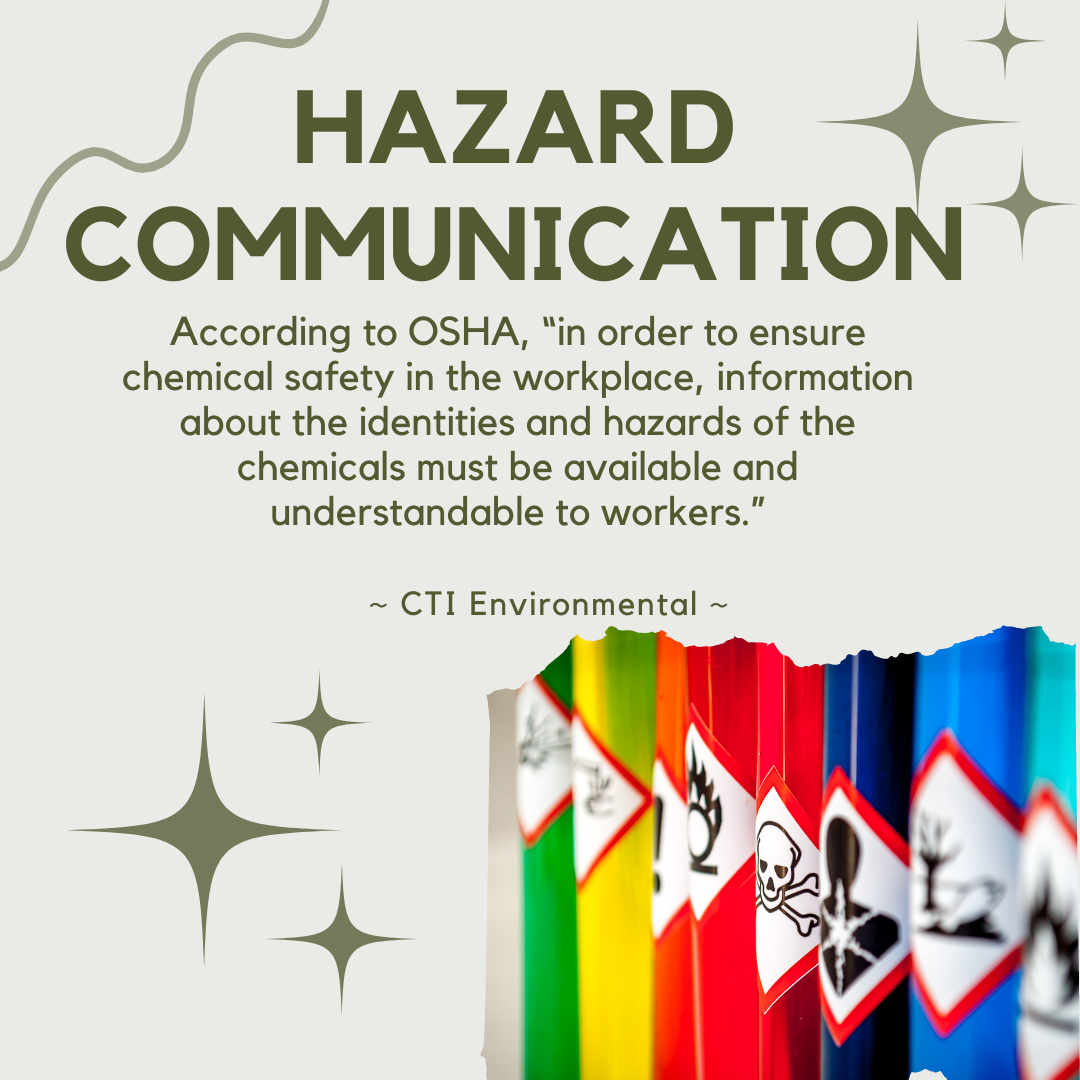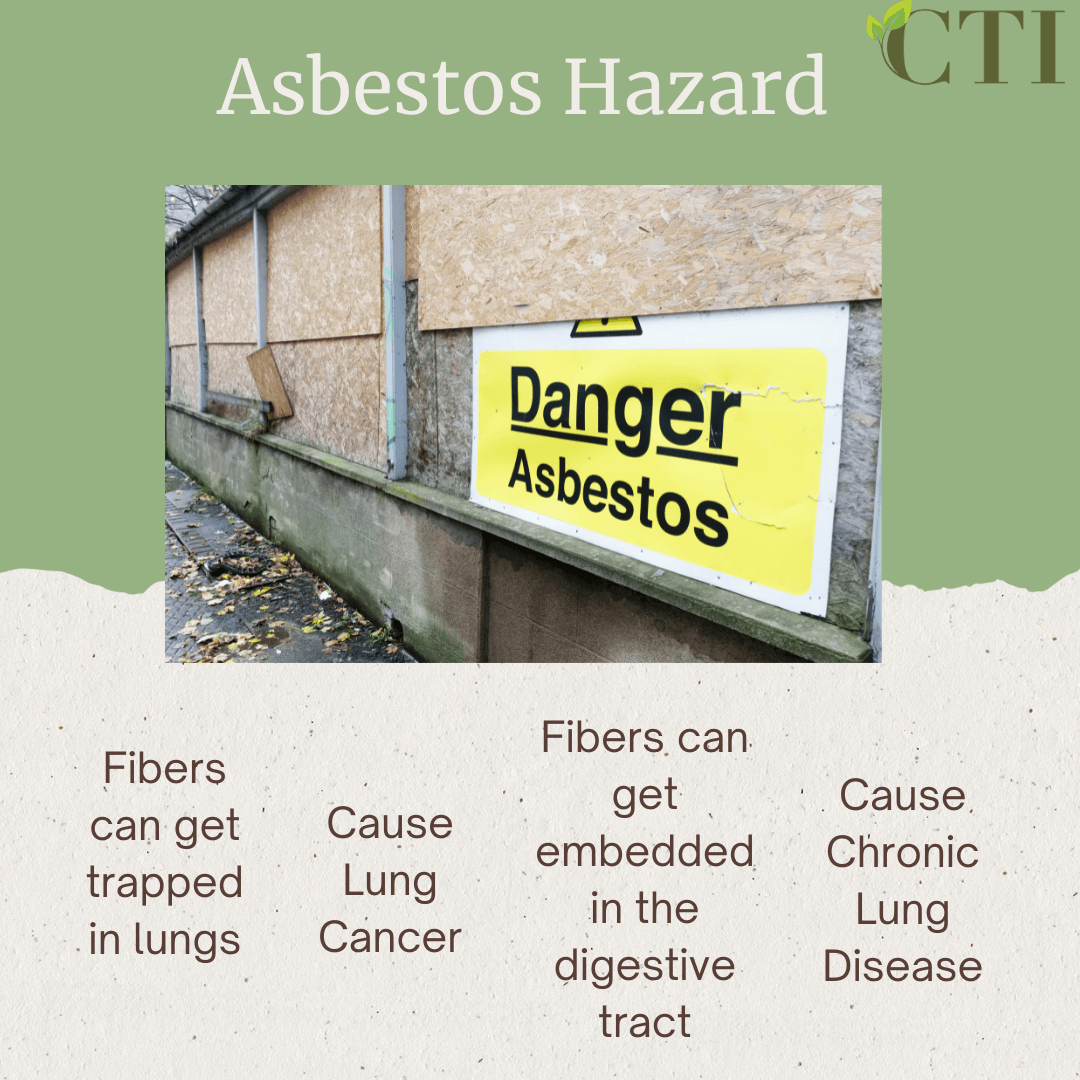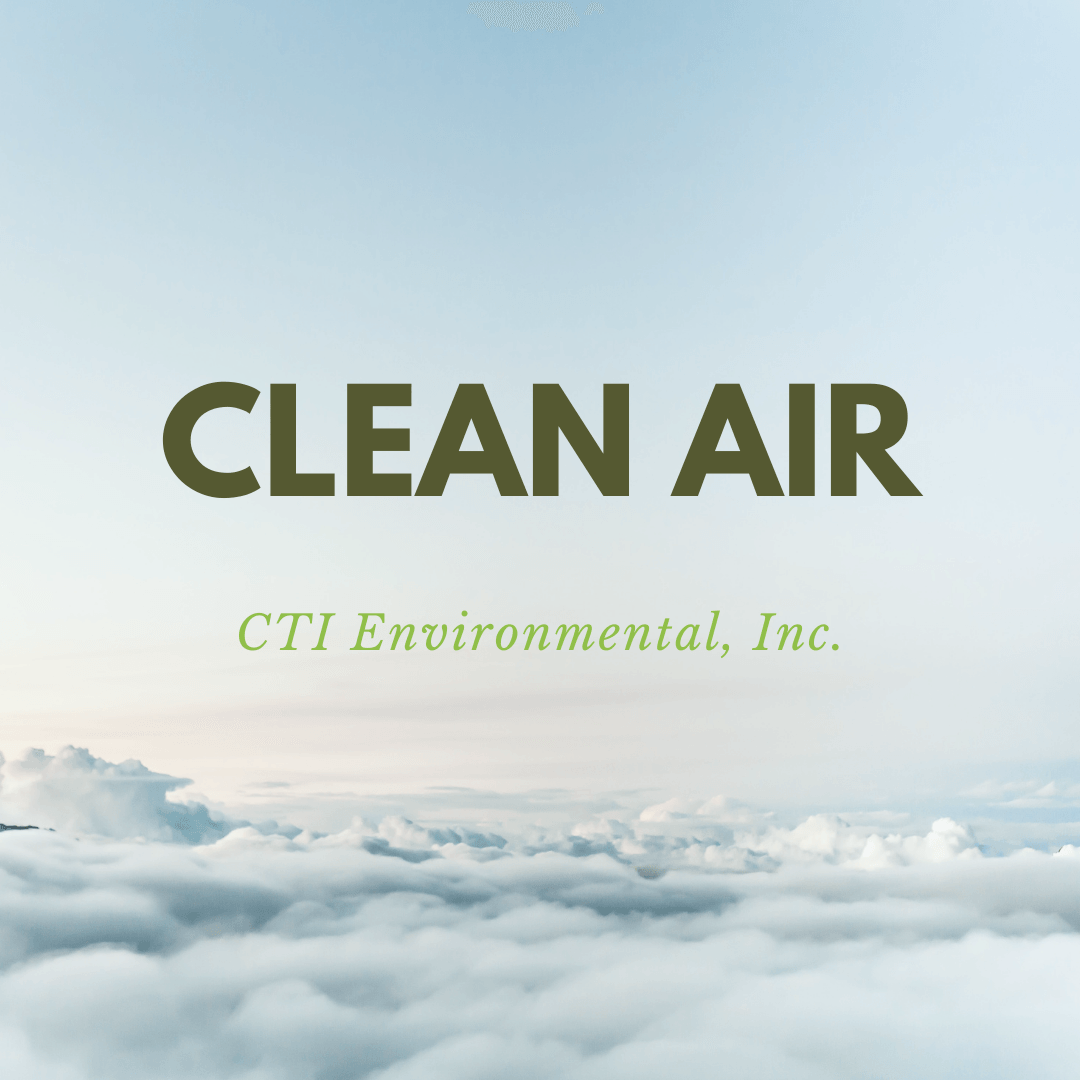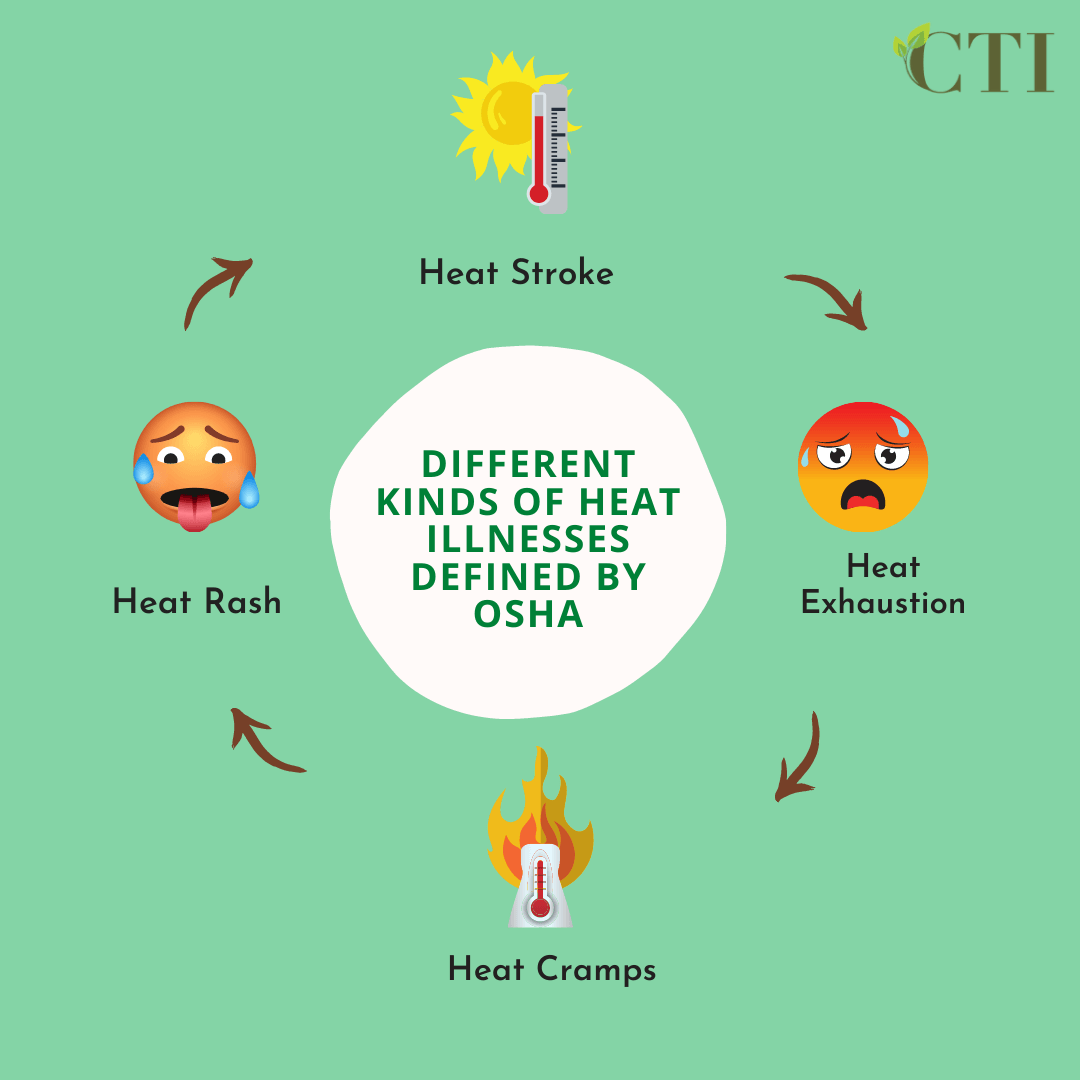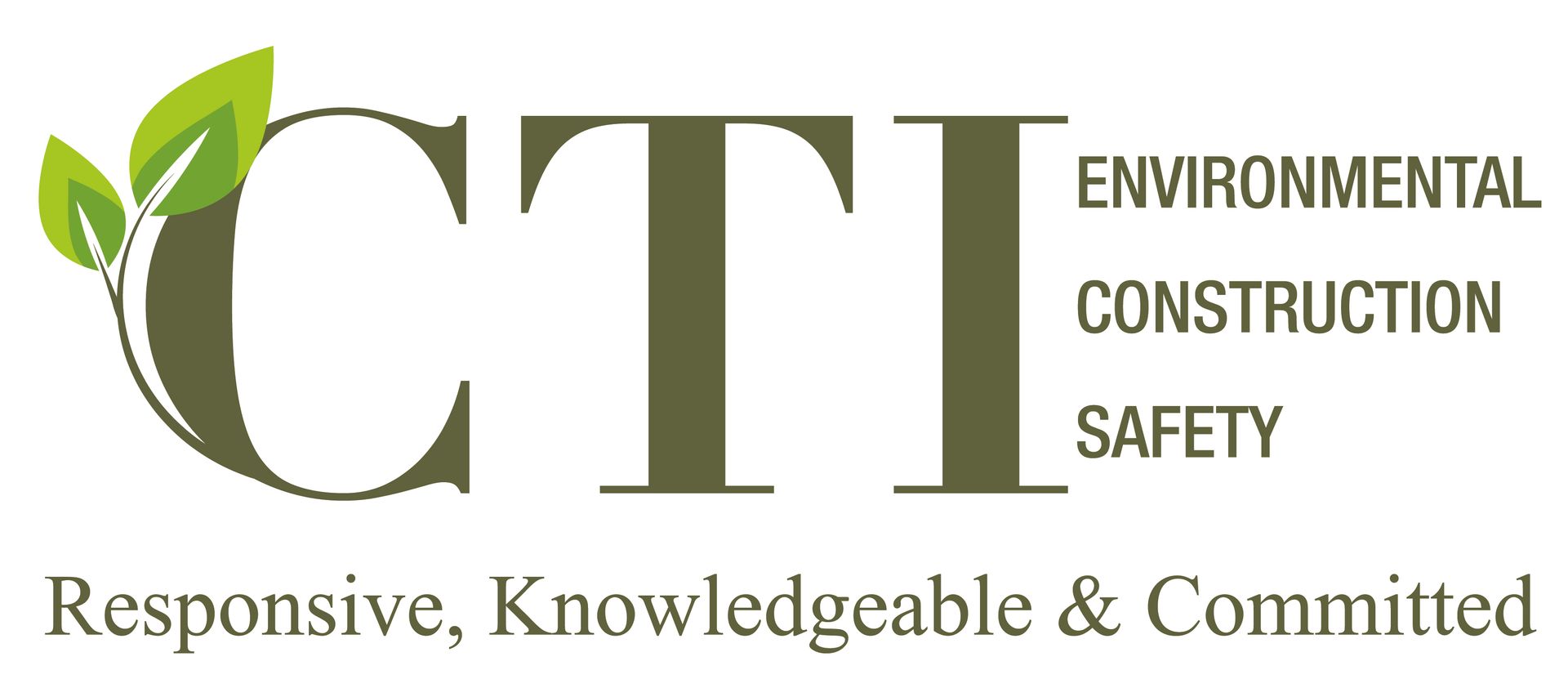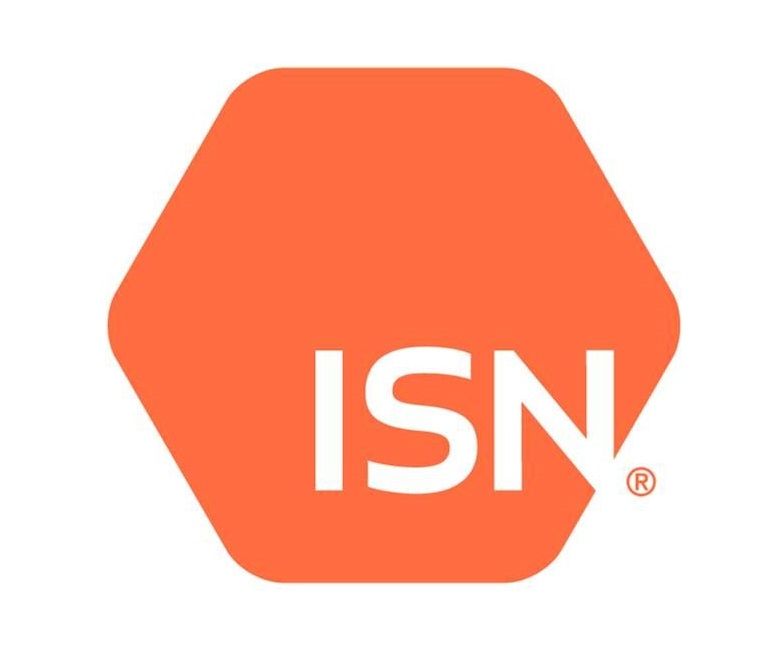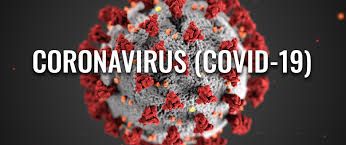Injury and Illness Prevention Program
Intern Insight
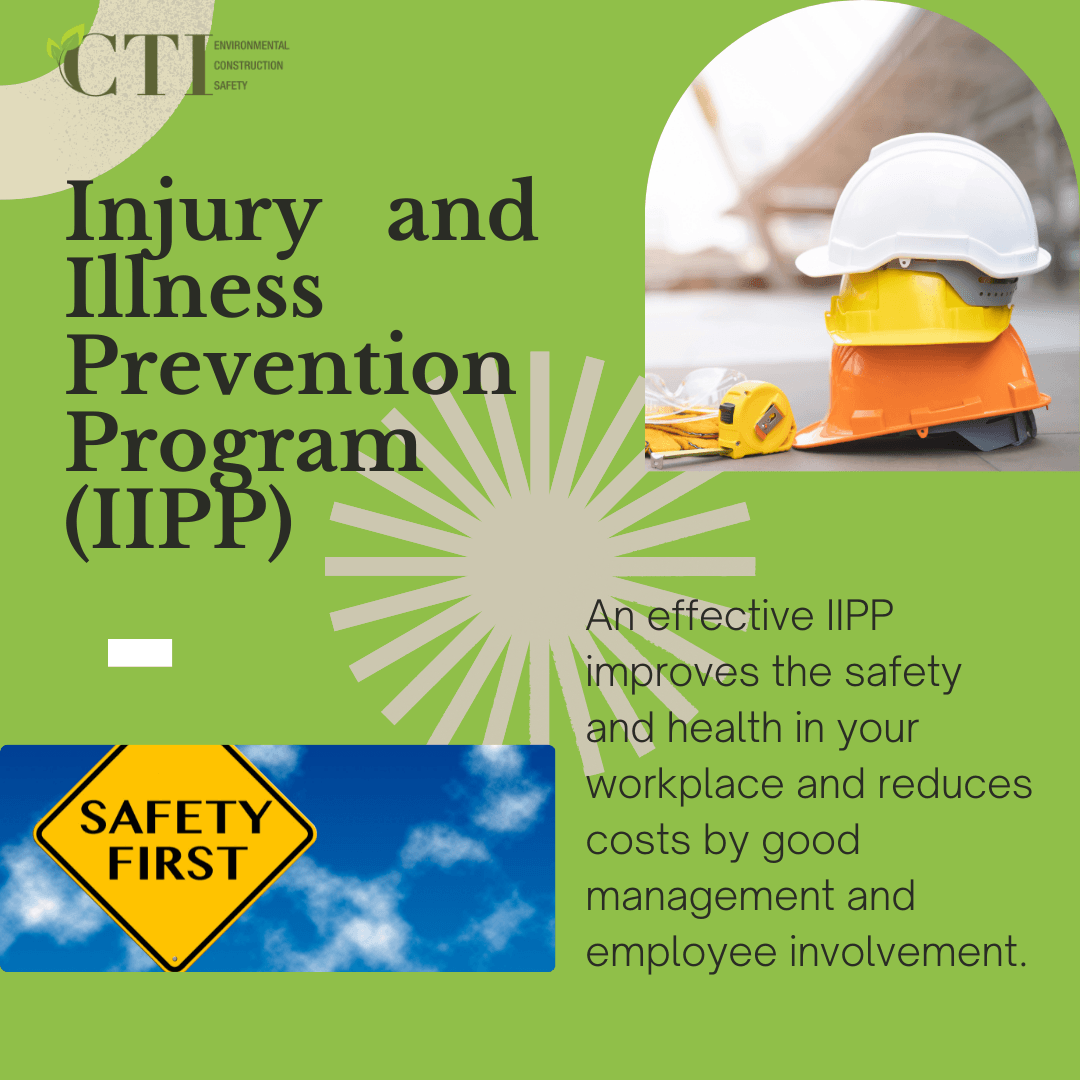
What is IIPP?
IIPP stands for Injury and Illness Prevention Program (IIPP) and is a comprehensive workplace safety plan. Title 8 of the California Code of Regulations section 3203 states that every employer must develop and implement a proper IIPP. By doing so, this document will advance the company's safety and health in the workplace and reduce costs by appropriate management and employee participation.
Why IIPP is Critical for your Business
If you do not have a properly written IIP, your business can face penalties and jeopardize the health of your employees. An updated IIPP will educate your employees regarding health or safety hazards in the workplace. If a random inspection from Cal/OSHA happens and your business does not have an IIPP, you will be issued a regular penalty. COVID-19 has created health hazards in every workplace; therefore, every workplace must have an IIPP.
8 required elements for an IIPP according to the California Department of Industrial Relations:
- Responsibility
- Have your management’s support
- Be knowledgeable about your workplace's health and safety issues and hazard control measures
- Have the authority and responsibility for making the necessary corrections and implementing them in the program
- Compliance
- Establish a system for ensuring that employees follow the organization’s safety rules
- Your system cannot discourage employees from reporting their injuries or symptoms
- Periodically review and update all rules and procedures to make sure they reflect the present conditions at your workplace.
- Communication
- Communicate in a way that is easily understandable by all affected employees on matters relating to workplace safety and health
- All employees must be informed about your IIPP and how it is going to be implemented, and their responsibilities to comply with the program
- Your communication should include provisions for encouraging employees to report potential hazards in the work environment without fear of reprisal
- Management must be present at the meetings
- Hazards assessment
- Your workplace must have procedures in place to identify and evaluate all areas of the work environment for health and safety hazards, unsafe conditions, and work practices
- Accident/exposure investigation
- Employers need a procedure in place to investigate occupational injuries and illnesses
- This is critical for accident prevention and controlling losses at the workplace
- Hazard correction
- When hazards are observed, they should be addressed in a timely manner
- Employees necessary to correct the hazardous condition shall be provided the necessary safeguards
- Training and instruction
- Training allows employees to learn their roles properly, brings ideas to the workplace, reinforces existing ideas and practices, and puts the program into action
- The IIPP standard requires that training be provided to all workers on the hazards in the workplace when they start working for their employer, whenever they are given a new job assignment, and whenever new procedures and equipment are introduced
- Recordkeeping
- Workplaces must maintain a written IIPP and documentation of how the elements of their IIPP are carried out
- Scheduled and periodic inspections to identify unsafe conditions and work practices, these records must include:
- The name and persons conducting the inspection
- The hazards identified
- The action taken to correct the unsafe hazard and/or work practices
To read more about these 8 elements of an IIPP go to https://www.safeatworkca.com/safety-articles/what-is-an-iipp/
Examples of IIPP from Cal/OSHA
- CS 1A - Workplace Injury and Illness Prevention Model Program for High Hazard Employers
- CS 1B - Workplace Injury and Illness Prevention Model Program for Non-High Hazard Employers
- CS 1C - Workplace Injury and Illness Prevention Model Program for Employers with Intermittent Workers
Consulting Services
If your business needs to help develop or improve your IIPP, CTI Environmental, Inc. can create one for you. We will identify actual and potential safety or health hazards in the workplace and solutions to control them, provide a written report summarizing the findings, and interpret applicable safety and health standards. If you are interested in consulting services, email info@ctienviro.com or call 562.608.8401.
CITATIONS
https://www.safeatworkca.com/safety-articles/what-is-an-iipp/
https://www.dir.ca.gov/chswc/woshtep/iipp/
